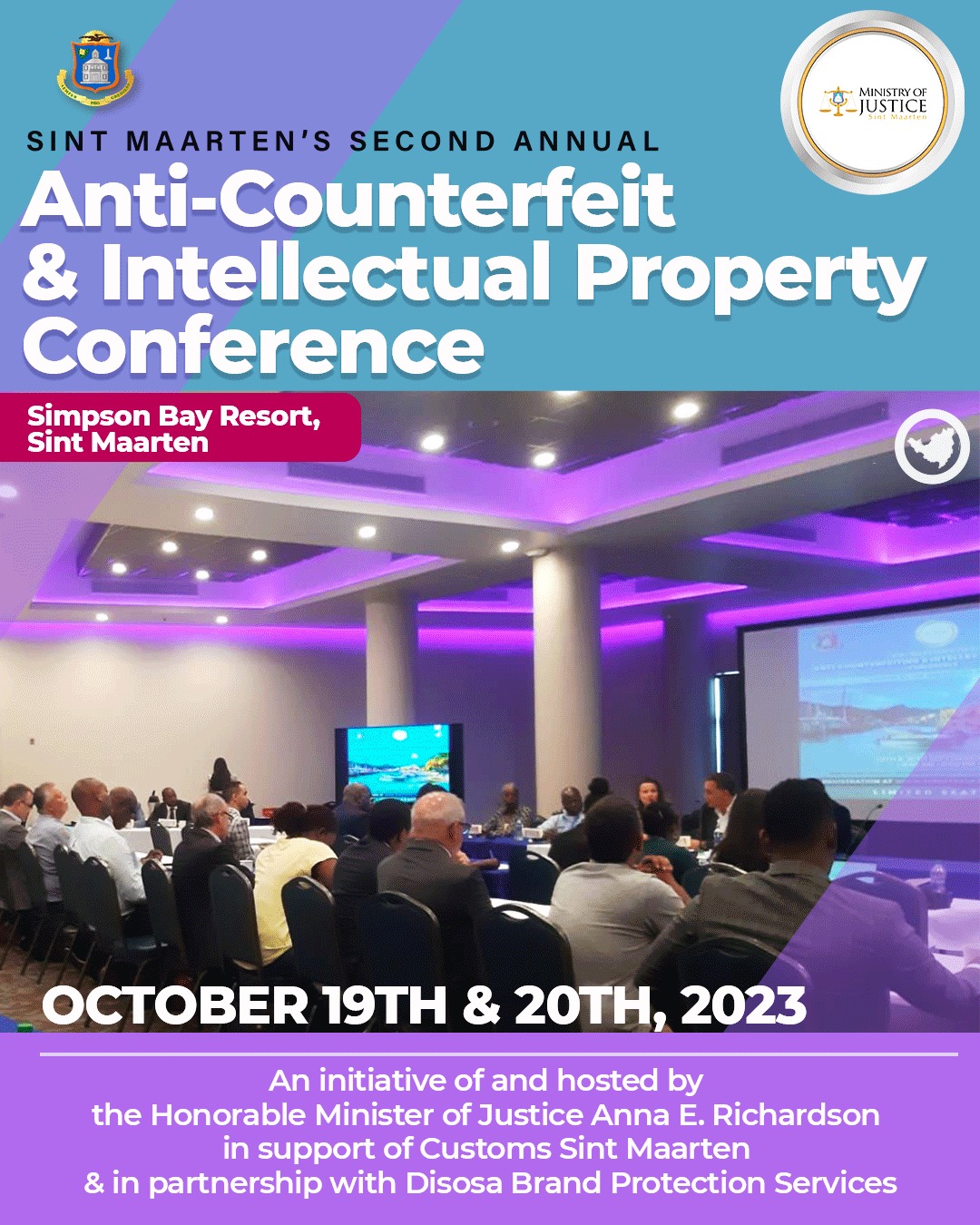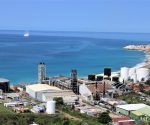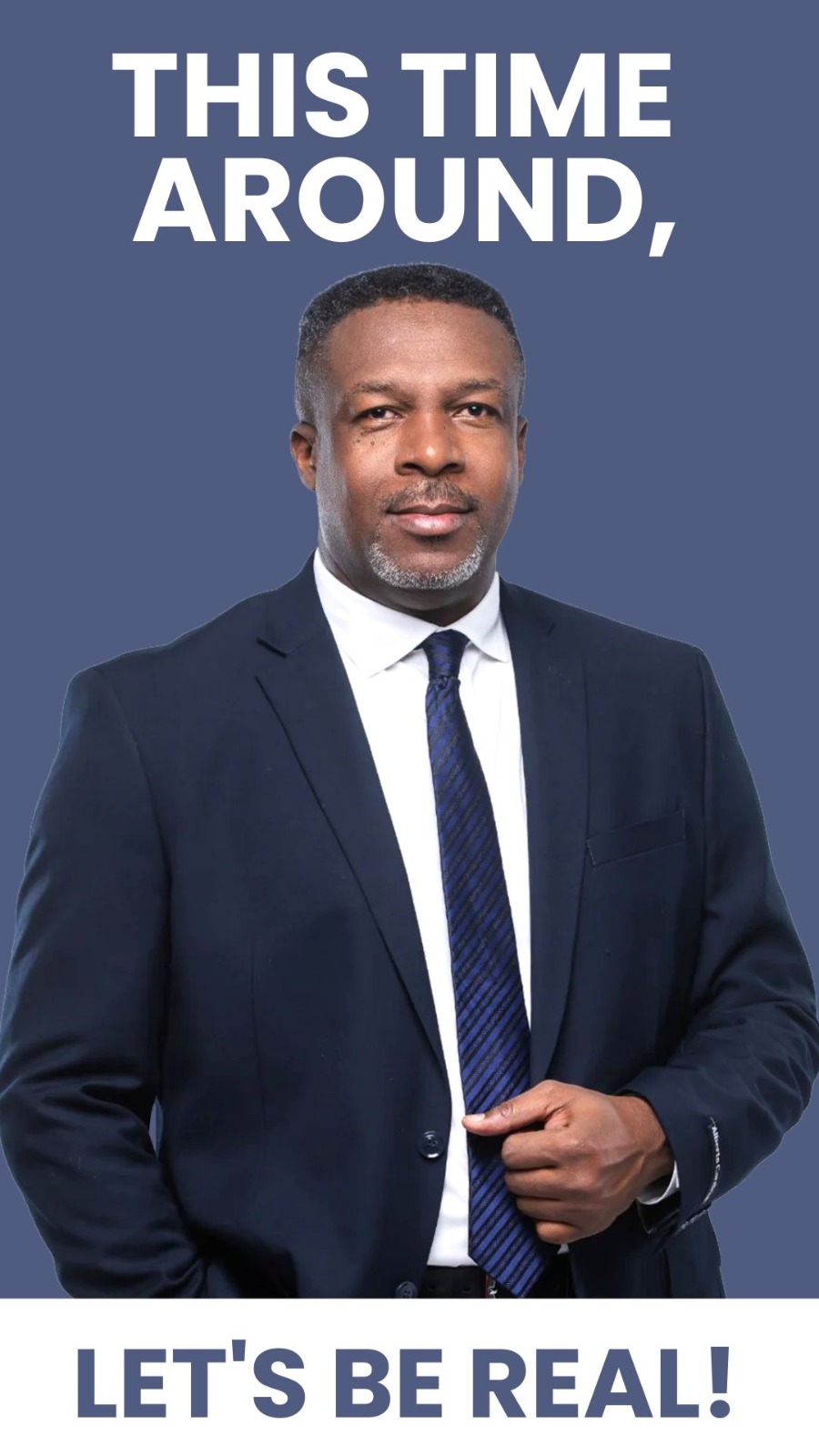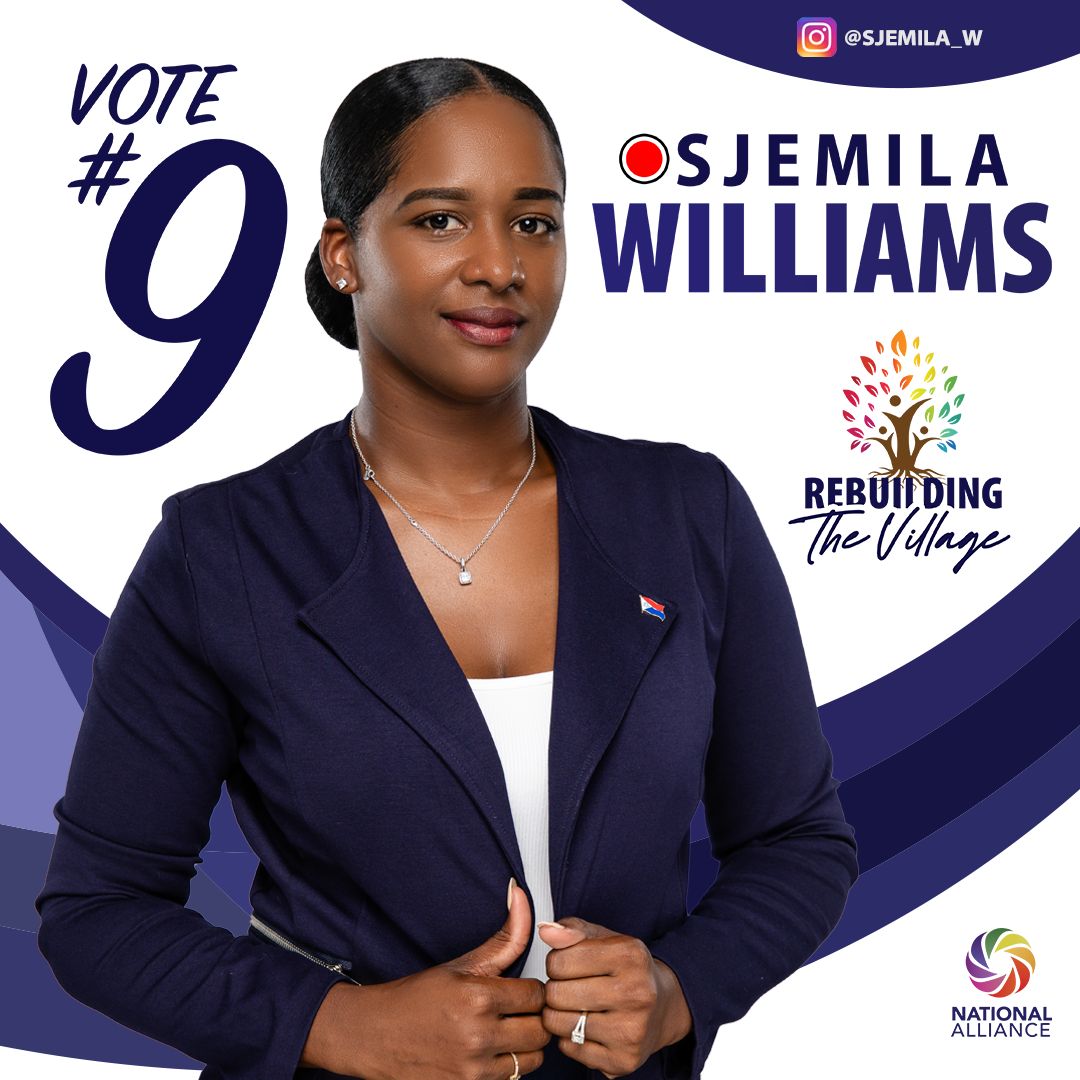Counterfeiting
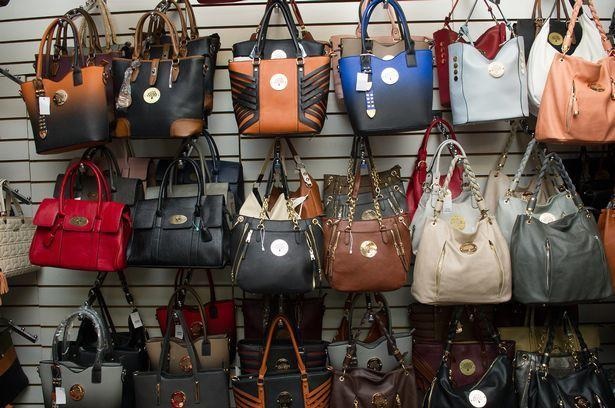
By Hilbert Haar
Tee shirts, watches, booze, pharmaceuticals, cosmetics. There is hardly a product for which consumers cannot find cheaper (and therefore counterfeited) alternatives. Stores in St. Maarten are stuffed with counterfeit merchandise and for a very long time the government has done its utmost to turn a blind eye to this practice.
Brands have ignored the situation in St. Maarten for a long time as well. Why? Because in the big scheme of things, St. Maarten is a small market and going after counterfeiters is expensive. There is no point in throwing good money after bad money.
Some years ago our late bailiff known under his nickname of Tall Boy had had enough: he organized the raid of stores that were in the business of selling counterfeit watches, like fake Rolexes. I still remember how he invited the media to witness the spectacle whereby a steam roller provided by, if I remember correctly, Windward Roads, turned an impressive catch of fake watches into pulp.
After that action it became quiet again on the counterfeit front and for sneaky entrepreneurs it was soon business as usual. Against this background it is commendable that Minister of Justice Anna Richardson has taken the initiative to host the second anti-counterfeit and intellectual property protection conference at the Simpson Bay Resort.
That conference will not make counterfeit products disappear from the market but it surely puts the issue back where it belongs – in the spotlights.
The question arises, even before this conference will take place, what the government is going to do against the sales of counterfeit products. In a press release, the justice ministry speaks of the creation of a robust anti-counterfeit strategy without saying what this actually means.
Related article: Anti-counterfeit conference at Simpson Bay Resort
Since counterfeiting is, as the press release states, a criminal act, the solution seems simple: have the police visit stores that sell stuff like clothing, watches or electronics on a regular basis, armed with information that enables them to distinguish between real and fake products.
Confiscate fake items and give the store a fine. Repeat the exercise on a regular basis and take away the business license from repeat offenders.
Customs could also play a part in solving the issue, by preventing counterfeit products from entering the local market. Buying a counterfeit tee shirt or hand bag may seem rather harmless, but becoming the not so proud owner of counterfeited medicine or cosmetics is something else.
The American department of Homeland Security writes on its website that counterfeit goods pose a significant health and safety threat to consumers. Automotive parts, electronics, safety equipment, prescription drugs and cosmetics are considered as the most dangerous counterfeit products. For instance, the department points out: “Counterfeit prescription drugs may not contain the active ingredient or could lead to accidental overdose,” while counterfeit cosmetics can cause severe skin reactions.
The anti-counterfeit conference is a first step in the right direction but if the government does not follow up with decisive action, the counterfeit-dealers will continue doing what they have always done: line their pockets at the expense of the public.
###
Related articles:
Anti-counterfeit conference at Simpson Bay Resort
Honorable Minister of Justice to Host 2nd Annual Anti-Counterfeit and Intellectual Property Conference in Sint Maarten












